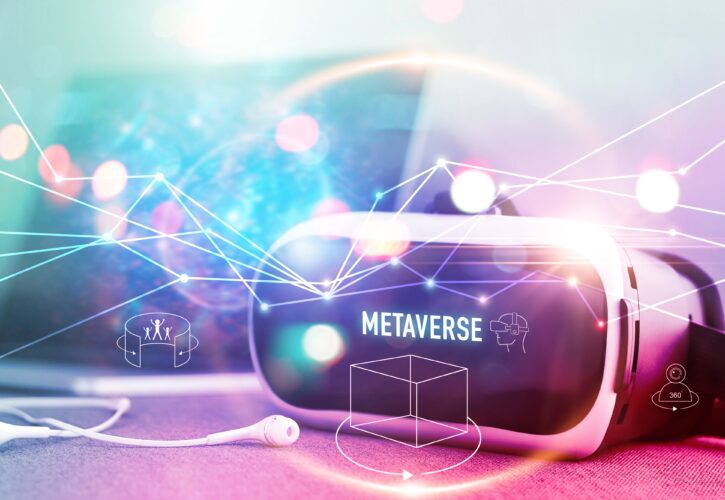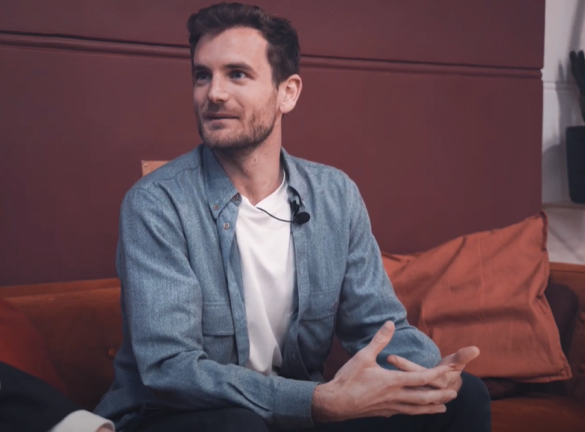
Marketing in the Metaverse | Insights from AdWeek Europe
The concept of a metaverse has received a lot of traction over the past few years. According to Google Trends, searches for ‘metaverse’ showed a huge uplift since October 2021, and the conversations surrounding the topic have since evolved in many ways.
For starters, Facebook changed its name to Meta, whilst Microsoft announced its acquisition of a large gaming company; Activision, for 69 million dollars to help bring its metaverse vision to reality. Millions of pounds have been invested in metaverse-related start-ups in the seed and pre-seed stage, and companies like Wendy’s and Gucci have already started advertising in a virtual reality world.
What exactly is a ‘metaverse’? While its definition differs from case to case, its core definition as defined by VICE is ‘a shared virtual space that is interactive, immersive and hyper-realistic’. It would also likely include your own customised avatar and digital assets. Matthew Ball, a venture capitalist and angel investor who’s written a series of essays on the structure of the metaverse, terms it as ‘a 3D version of the Internet and computing at large’.
The metaverse experience has great implications on marketing and the customer journey. Whether the metaverse is a myth or already happening, marketers need to update their toolkits and get ready. ROAST recently joined Advertising Week Europe and collated some of our key findings from the metaverse sessions below:
1. Gaming is a gateway to the metaverse. What is the opportunity for marketers?
There are many speculations surrounding the correlation between the metaverse and gaming. While this is not entirely false, Johnathan Troughton from Frameplay brought some further insights into this topic. He believes that gaming is a gateway to the metaverse. The infrastructure needed to build a metaverse is similar to that needed for gaming, starting from the rollout of 5G and mass adoption of VR devices. He also believes that their similarities provide a chance for marketers to get a glimpse of the metaverse before it becomes widespread.
2. Marketers can dip their toes in the ‘metaverse’ through immersive content experiences like AR or VR.
From experience, we know that people want to try new things and explore new innovations, so this curiosity will be triggered by the metaverse, and adoption will be inevitable. The metaverse experience could alter marketing as we know it, and consumers will exercise more power on what they want to see from brands. There are small things marketers can do to get a head start on metaverse marketing. Firstly, they can create innovative ad experience through immersive content using AR/VR, and secondly, they can experiment with running in-game ads. Experiences cultivated from these activities will act as a test and learn period for marketers to enhance their success in future iterations of the metaverse.
3. For now, metaverse activation must sit alongside current media activities.
For marketers, the existence of a metaverse shouldn’t require them to reinvent the wheel. Hannah from Tug explained that brands currently use the metaverse to help amplify their media activities rather than treating it as a channel. However, as simple as this sounds, it also comes with challenges. Carmen from Poplar Studio believes that the main challenge of marketing in the metaverse is onboarding consumers onto Web 3.0. How can marketers enable a smooth onboarding process for their consumers? Education will be a big part in the success of the metaverse, and marketers will play a big role in its activation. Marketing in the metaverse also means there’s another data source for marketers. How the audience interacts with brands in the metaverse and how this affects their purchase is currently a mystery. How can marketers efficiently integrate data from different touchpoints to draw meaningful conclusions about the new and improved customer journey?
What does advertising in the metaverse currently look like?
Balenciaga and Fortnite
Balenciaga partnered with Fortnite to let users purchase digital outfits inspired by real-life designs from its boutique in the virtual world. Players could also try on outfits in the changing booths and interact with other players. Balenciaga also activated this campaign on DOOH through this brilliant 3D billboard experience.
Gucci Garden
In 2021, Gucci recreated their real-world garden installation in Florence in a virtual world. They partnered with Roblox to set up a two-week art installation where visitors can view, try on, or purchase Gucci products to dress their avatars. Check out the full showcase here.
ROAST attended three sessions that inspired this article.
- Metaverse: What Is Possible Now And How Marketers Can Stay Relevant – presented by Advertising Week Europe, joined by panelists from Hearst UK, Epic Games, and iCrossing
- The New Age of Experience: New Technologies, The Metaverse, and Shaping Virtual Worlds – Presented by Tug, joined by panelists from MediaCom, ViewersLogic, Poplar Studio, and Tug.
- Will gaming and metaverse be mutually exclusive? – Presented by Frameplay and joined by their CEO.






